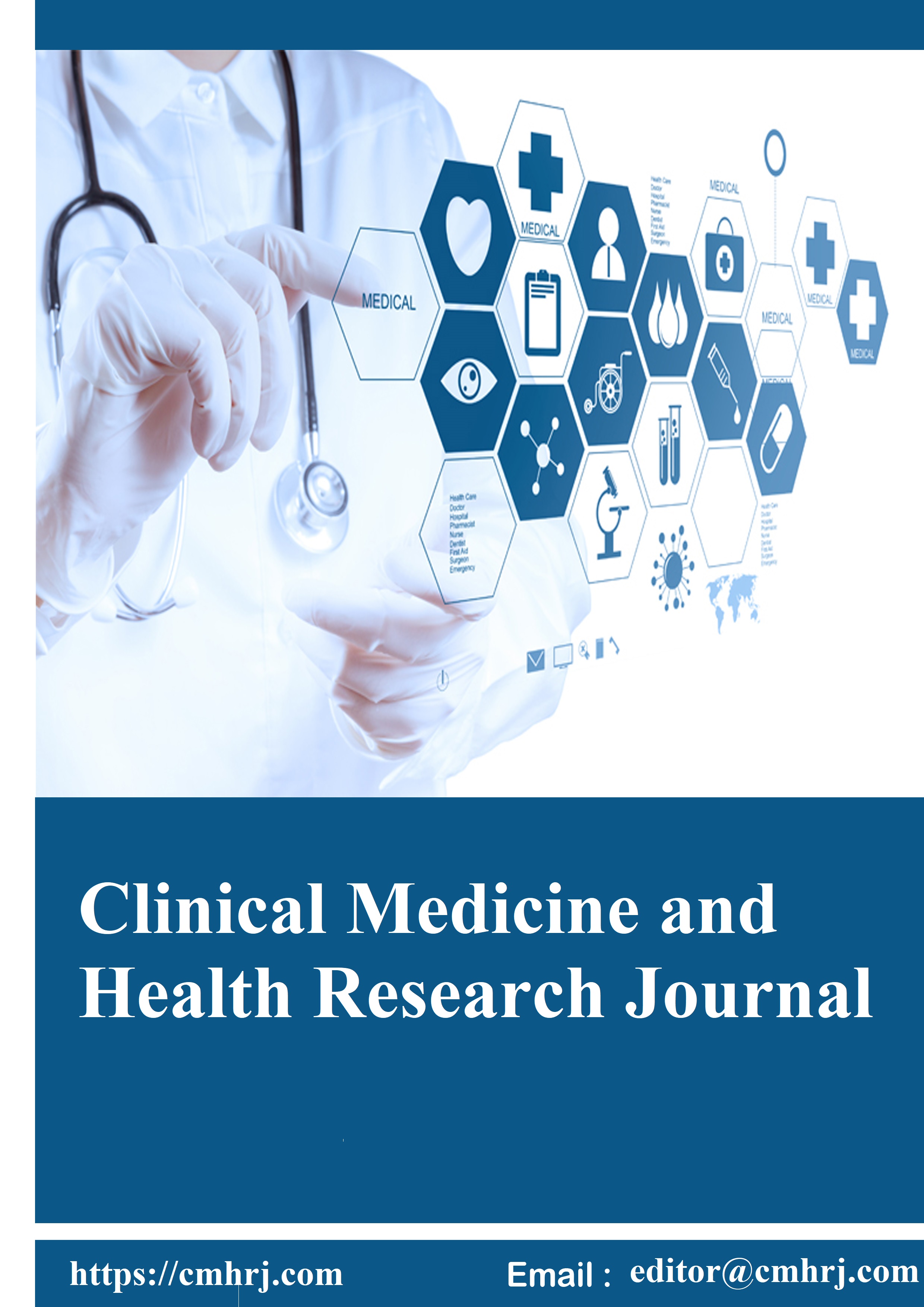Accelerated Idioventricular Rhythm in Acute Coronary Syndrome with ST Segment Elevation: Clinical Significance
Clinical Medicine And Health Research Journal,
Vol. 4 No. 2 (2024),
30 March 2024
,
Page 833-838
https://doi.org/10.18535/cmhrj.v4i2.333
Abstract
Background: Accelerated Idioventricular rhythm in acute coronary syndrome with ST segment elevation is common after thrombolysis and it is relatively benign; its occurrence is considered as a sign of reperfusion of the occluded coronary artery.
Aims: The main objective of our study is the determination of the frequency of Accelerated Idioventricular rhythm in acute coronary syndrome with ST segment elevation after thrombolysis, the secondary objective is checking with coronary angiography if this rhythm really means the success of thrombolysis and reperfusion of the occluded coronary artery.
Methods and materials: In this prospective study, conducted in the cardiology department of Hussein Dey hospital (Algiers-Algeria), 467 patients with acute coronary syndrome with elevated ST segment (87 women and 380 men) were enrolled between 28 February 2014 and 16 July 2015. The average age is 60 ± 13 years; at admission, a Holter recorder was attached in 448 patients, for continuous ECG monitoring during 48 hours, coronary angiography was performed in 329 patients.
Kruskal’s ANNOVA or H tests were used for comparison of quantitative variables, χ2 test or Fisher’s exact test, were used for qualitative variables, all tests were performed with 1st species risk of 5%.
Results: The frequency of Accelerated idioventricular rhythm recorded by the Holter ECG is 17.2 % (77 patients), CI 95%: [13.7%-20.7%], this frequency is 18.71 % (73 patients) CI 95%: [14.8 %-22.6%] in patients undergoing thrombolytic treatment.
There is no significant difference between the frequencies of persistence of chest pain in the groups of patients with or without accelerated idioventricular rhythm after thrombolysis: 5.47 % (4 patients) versus 5.99 % (19 patients) respectively, p = 0.979; also for the frequencies of persistence of ST segment elevation after thrombolysis: 4.10 % (3 patients) versus 6.94 % (22 patients) respectively, p = 0.476).
The frequency of occluded coronary artery (TIMI 0) is low in group of patients with accelerated idioventricular rhythm 14.51 %, (9 patients) compared to group of patients without this rhythm 21.39 % (52 patients), but the difference isn’t significant (p= 0.227).
Conclusion: Accelerated idioventricular rhythm is common in acute coronary syndrome with elevated ST segment and generally considered as a sign of reperfusion; in our study, this rhythm may occur even in the absence of reperfusion of the occluded coronary artery and does not necessarily mean reperfusion or success of thrombolysis.
- Acute Coronary Syndrome
- Accelerated idioventricular rhythm
- Thrombolysis
- Occluded coronary artery

How to Cite
Download Citation
References
- Article Viewed: 0 Total Download


